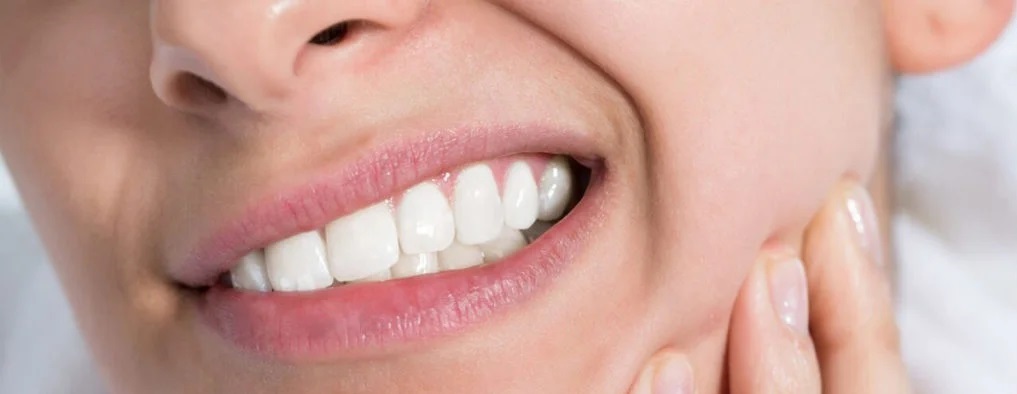Bruxism-Teeth Grinding/Clenching-Symptoms Treatment Istanbul Turkey Dental Center
What Is Bruxism (Teeth Grinding)?
Bruxism is an abnormal activity that encompasses teeth clenching and grinding, which can be caused by psychological and/or physical factors.

Causes of Teeth Clenching
Psychological causes include stress and anxiety, while physical causes include increased muscle appearance, early tooth contacts, missing teeth, and conditions like trauma. In addition to these, behaviors such as cheek and tongue biting, finger sucking, unusual posture habits, and pen biting exacerbate bruxism.
Types of Bruxism
Bruxism can be divided into nighttime and daytime bruxism. In daytime bruxism, patients can notice this behavior during the day, but nighttime bruxism is more challenging to detect as it occurs during sleep.
Symptoms of Bruxism
The symptoms of bruxism can be categorized into three main areas: muscles, jaw joint, and teeth. Muscle-related symptoms include pain and limited muscle movements (dysfunction). Symptoms related to the jaw joint can include sounds when opening and closing the mouth, jaw locking, and pain when opening the mouth. Dental symptoms include tooth wear, sensitivity, tooth mobility, and tooth loss resulting from these issues.
Diagnosis and Treatment Methods for Bruxism
To treat teeth clenching, an accurate diagnosis must be made first. Your dentist will assess the relationship of your discomfort with the muscles and jaw joint during the examination. In cases where bruxism is solely muscle-related, botulinum toxin treatment is preferred, which also addresses the square appearance that can occur due to clenching. If the diagnosis includes temporomandibular disorders (jaw joint problems) alongside muscle complaints, night splint therapy with occlusal splints is recommended. In cases involving both jaw joint and muscle complaints, botulinum toxin application along with night splint therapy is necessary.
How Is Night Splint Therapy for Bruxism Done?
Night splint therapy is a customized treatment method. An impression is taken from the patient to make the splint, and the same day, a splint that fits into the mouth is delivered to the patient. The patient corrects joint discomfort by wearing this specially made splint every night for six months. At the end of the 6th month, it may be recommended to end the use of the splint or re-adapt the splint and use it for some more time. The success of splint therapy depends on the adaptation of the splint to the patient’s teeth and the patient’s regular use of the splint. Splint therapy shows results within the first week, and any pain is completely eliminated during this period.
Does Teeth Clenching Go Away on Its Own?
Teeth clenching is not a condition that resolves spontaneously. However, reducing stress factors and limiting the consumption of caffeinated foods can accelerate the alleviation of symptoms.

